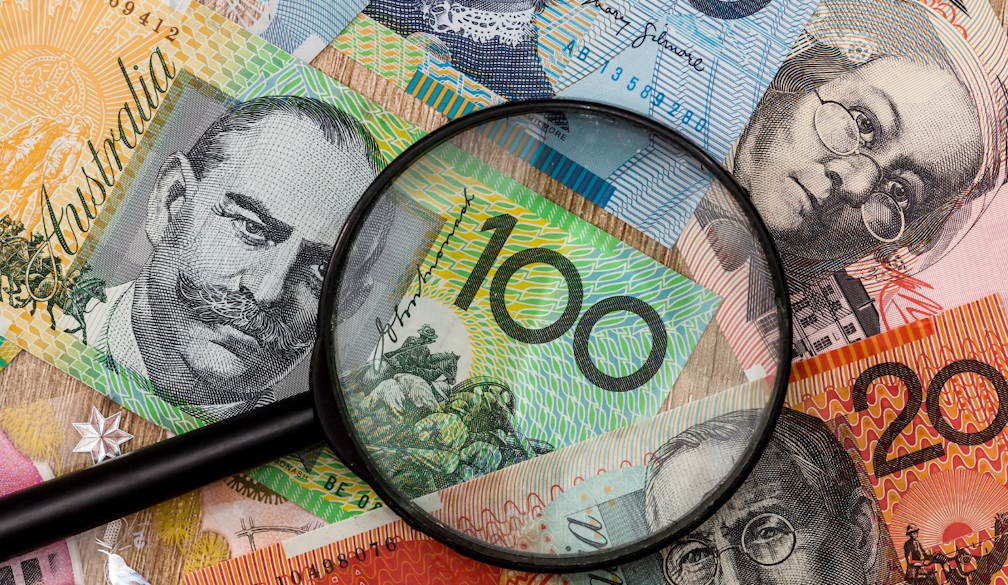Today’s inflation figures in Australia, what they mean for the economy and how they may affect you
- Written by Times Media

What’s happened: The latest inflation data
-
The Australian Bureau of Statistics (ABS) published a full monthly Consumer Price Index (CPI) for October 2025. This is the first time the “complete monthly CPI” has been reported, covering the full basket of goods and services.
-
Headline inflation (CPI) rose to 3.8 % annualised for the 12 months to October 2025, up from 3.6 % in the year to September.
-
The trimmed mean (the RBA’s preferred measure of underlying inflation) rose to 3.3 % from 3.2 %.
-
On a monthly basis, the CPI was flat (0.0 % in original terms) for October, meaning the annual rise reflects past months’ pressures rather than a fresh surge.
-
Key drivers: housing costs (especially electricity +37.1 % year-on-year) and rents +4.2 %. Food & non-alcoholic beverages up ~3.2 %.
What it means for the Australian economy
1. The Reserve Bank of Australia (RBA) will face a tougher decision
With inflation higher than many expected and still outside the RBA’s target band of 2-3 %, the case for early interest-rate cuts has weakened.
Markets have scaled back expectations of rate relief: a cut before mid-2026 now looks less likely.
2. Cost-of-living pressure remains
Even though inflation has come down from its peaks of the past couple of years, 3.8 % means prices are still rising fairly strongly. For households, that means your dollar doesn’t go as far. Particular pressure points: housing/rents, utilities (electricity, water), and food.
3. Business & investment impact
Higher inflation and the possibility of higher borrowing costs may affect business investment, wage negotiations and cost pressures. For households and firms with debt, the outlook becomes less benign (i.e., fewer reliefs via lower interest rates).
4. Government and fiscal policy implications
The government may face more pressure to deliver targeted cost-of-living relief (for example energy rebates) as inflation eats into households. Politically this matters because sustained inflation erodes real incomes.
How this affects you — practical impacts
Here’s how you might feel the effects, and what you can do:
Households with mortgages / loans
-
If you are on a variable mortgage, the chance of the RBA cutting the cash rate soon has shrunk. That means you may not get relief via lower monthly repayments as soon as you’d hoped.
-
With inflation elevated, the real (after-inflation) cost of debt stays relatively higher; lenders may keep pricing conservative.
-
If you’re considering taking on new debt (e.g., buying property, refinancing), you might face higher rates or slower improvement in rates than anticipated.
Renters / housing costs
-
Rent inflation at ~4.2 % annually means renters will likely see ongoing pressure. While this year’s rise isn’t as steep as some past years at inflation’s peak, it’s still faster than many wage growth rates.
-
Utilities: With electricity rising significantly (37.1 % annual rise reported, though partly driven by phasing out of rebates) you may see bigger bills. So budget for rising non-discretionary costs.
Everyday consumers
-
Food, dining out, services: Food and beverages inflation ~3.2 % annually means everyday grocery bills are creeping higher. Meals out and takeaway are rising too. Australian Bureau of Statistics
-
Discretionary purchases (clothing, gadgets) may feel less pressured but still subject to cost-push (higher freight, labour, input costs).
Business owners / self-employed
-
If you own a small business (and you mentioned you run an online marketing service), your input costs may rise (wages, utilities, rent, online advertising costs). That squeezes margins unless you pass on costs or improve productivity.
-
You may need to review your pricing strategy, contract terms (especially if your customers are facing cost pressures themselves), and cost base.
Wage & savings impacts
-
If inflation is 3.8 % and your wage growth is slower (say 2-3 %), your real purchasing power is falling. So negotiating wage increases or reviewing investment returns matters.
-
For savings: With inflation still elevated, keeping money in low-interest accounts means real value is eroding unless returns beat inflation.
Looking ahead: What to watch
-
Next RBA decisions: The next rate meeting will be critical. If inflation holds or rises, the RBA may hold off cuts and even consider tightening.
-
Wage growth metrics: If wages pick up meaningfully, inflation could become more entrenched (wage-price spiral risk).
-
Housing & utility costs: Continued large rises in electricity or water could push inflation further; keep an eye on state government rebates and regulator decisions.
-
Supply-chain or global cost shocks: External shocks (e.g., energy, shipping, commodities) can quickly translate into domestic price pressures.
-
Government relief measures: Especially energy bill rebates, cost-of-living support. These affect how much of the inflation burden falls on households.
Summary
Today’s inflation figure of 3.8 % annual shows that while the worst of Australia’s inflation surge may be past, price pressures remain strong and real cost-of-living relief is still some way off. For you, whether you are a homeowner with a mortgage, a renter, a business owner, or simply aiming to preserve your savings, this means:
-
Don’t count on rate cuts in the near term.
-
Review your budget and cost-base with inflation in mind.
-
If you’re borrowing or refinancing, build in a cushion.
-
If you’re saving or investing, aim for returns that beat inflation.
-
Consider whether your pricing (business) or wage expectations (employment) keep up with inflation.

















